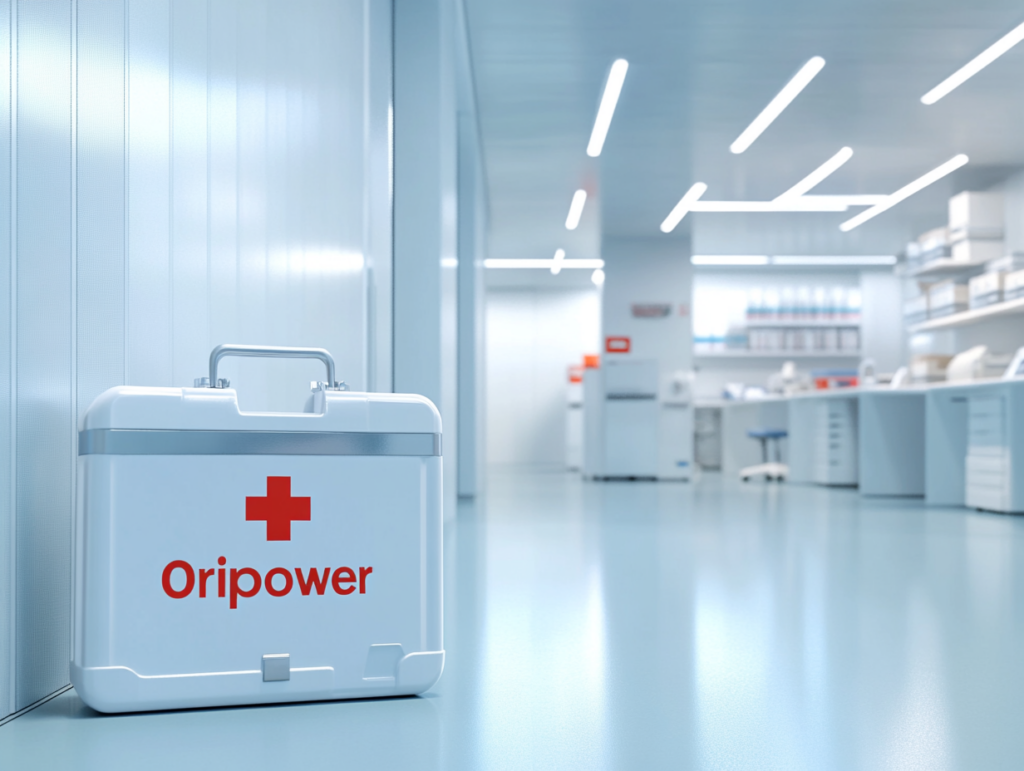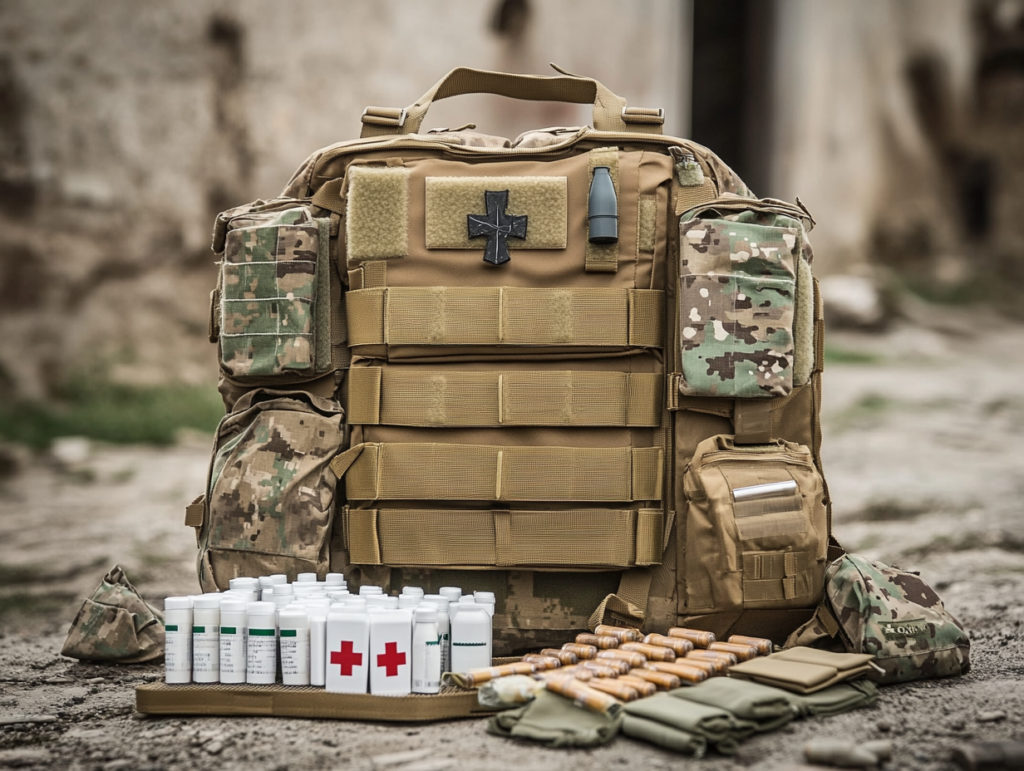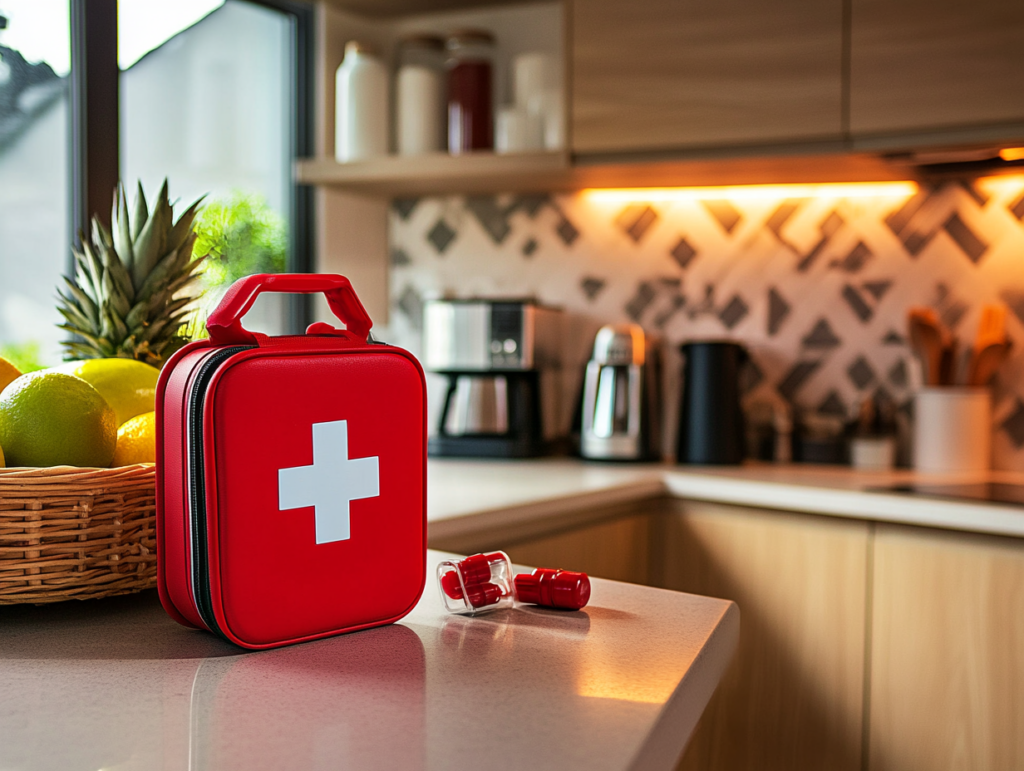In today’s bustling global business arena, multinational companies thrive and factories dot the landscape far and wide. Be it in swanky office towers in vibrant metropolises or sprawling industrial complexes tucked away in remote outskirts, employees remain the most prized possessions of any enterprise. Their well-being and safety, without a doubt, deserve top billing. Among the crucial safeguards, equipping first aid kits in workplaces has emerged as a linchpin in constructing a robust employee health protection framework – one that simply cannot be overlooked.
Workplace Safety Regulations: A Binding Framework
Looking at the operational context of enterprises, workplace safety regulations form an intricate web, stringently dictating employers’ duties. Take, for instance, developed regions like Europe and America. Esteemed bodies such as OSHA (the Occupational Safety and Health Administration of the United States) have devised comprehensive occupational health and safety norms. These explicitly mandate employers to furnish complete and indispensable first aid resources for their staff. And right at the heart of these provisions lies the first aid kit.
Hidden Dangers in Modern Offices
On the surface, modern office spaces might seem placid. However, lurking beneath is a host of health perils. Day in and day out, employees park themselves in front of computer screens for hours on end, their bodies taut with stress. Health issues can crop up unannounced. Dizziness and vertigo, often stemming from the cervical spine’s excessive strain on nerves due to prolonged sitting, are all too common. Hypoglycemia frequently ambushes those engrossed in work and skipping meals. In such scenarios, if companies thoughtfully position a well-stocked first aid kit within easy reach, it can be a game-changer. Painkillers can swiftly quell sudden headaches; glucose supplements can promptly rejuvenate employees during hypoglycemic episodes. Bandages and band-aids stand ready to address minor scrapes and bumps. These unassuming items prove their mettle when it matters most, nipping potential health problems in the bud.
High-Risk Factory Floors
Switching gears to factory settings, it’s a hive of activity laced with risks. From automotive assembly lines where robotic arms whir at breakneck speeds to food processing units with exacting hygiene demands and sharp tools aplenty, machinery reigns supreme and the specter of work-related injuries is ever-present. Minor cuts and burns have, in fact, become routine affairs. Industry data reveals that in sizable factories, a handful of such incidents occur weekly on average. Absent a fully equipped first aid kit on-site, injured workers’ wounds risk untreated delay. In the dust- and germ-ridden workshop environment, infections can set in rapidly, transforming minor nicks into major medical woes. This not only spells agony for the employees but also spells financial doom for the enterprise, with potential medical compensation bills and production slowdowns.
The Humanitarian Touch
Beyond the practicalities, the humble first aid kit embodies a company’s profound care for its workforce. When an employee stumbles into injury or sudden illness, in that moment of vulnerability, immediate on-site treatment can be a balm to the soul. It’s akin to a warm beverage on a frigid winter day, filling hearts with gratitude and making employees feel truly valued – like family. This emotional connection, in turn, quietly morphs into loyalty and a sense of belonging, spurring them to pour more passion and dedication into their jobs.
Crisis Readiness: A Prudent Move
In our turbulent times, sudden public health scares or natural disasters hover ominously. Casting our minds back to the pandemic, global businesses took a severe beating. Yet, those forward-thinking enterprises that had preemptively stocked ample first aid kits fared better. Masks and disinfectant wipes from these kits became the frontline defense when pandemic-induced shortages hit, safeguarding employees and keeping operations afloat.
To sum it up, managers of foreign companies and factories must internalize the fact that first aid kits are not an expendable add-on. They are a non-negotiable investment in business stability. Instituting regular checks to keep meds fresh and items intact, updating kit contents seasonally and by industry demands, and conducting professional training to arm employees with proper usage know-how – these steps are key. Only then can a fortress of health be erected for employees, allowing enterprises to navigate the choppy waters of the business world and thrive.


